Wave Piercing & Volume Distribution Explained

Merged ‘V’ shape with a Wave Piercer F18, click images for a better view.

Both diff sections clearly seen, click to enlarge.
 This is no VPLP website, but the plan views diagram was quite easy to understand, and besides the wave piercing concept is already explained here many times, here is my take again as we have a ‘little’ more readers checking the blog.
This is no VPLP website, but the plan views diagram was quite easy to understand, and besides the wave piercing concept is already explained here many times, here is my take again as we have a ‘little’ more readers checking the blog.
The inverted or raked bow profile is the common identifier on Wave Piercers, but that is almost pure fancy, the critical change that this concept has provided is found in its Cross Section volume distribution, pictured left.
Traditional “V” shape hulls have more volume on deck as a ‘reserve’ volume when pitching or digging waves, the idea is to force the hull to stop submerging and to come up again
In catamarans this feature is quite important as they have a tendency to submerge and sometimes pitch pole.
The performance problem with this “V” shape, is producing an undesired excesive bounce or pitching effect.Below: Wave Piercer hull bottom left, “V” shape bottom right, volume distribution on the cross section axis ‘crystal clear’

 Wave Piercers basically aim to reduce that pitching movement changing volume distribution upside-down. In this way when the bow submerges, instead of finding more volume on its way down as in the “V” shape hulls, this WP shape provides the contrary, offering less resistance and in theory reducing the bouncing effect.
Wave Piercers basically aim to reduce that pitching movement changing volume distribution upside-down. In this way when the bow submerges, instead of finding more volume on its way down as in the “V” shape hulls, this WP shape provides the contrary, offering less resistance and in theory reducing the bouncing effect.
The problem with initial WP was that they lacked overall volume, and they had a great tendency of submerging without return… clearly offering a good point for reserve volume traditional cross sections.
Left: Another view of both shapes.
But now a days, the WP evolution reached a point where added volume could be merged with its main design concept having in one solution the best of both worlds.
Beyond reducing pitching movement, with the major volume near the waterline, the WP have a tendency to plane, generating lift and reducing wet surface, this sensation is clearly felt in latest F18s like the Cap, Inf, Wildcat, C2 etc. and is not something you can experience in a Tiger for ie.
 Left: Two F18 Wave Piercers, left the Infusion ‘fatboy’, by Pete Melvin and left the original F18 WP, the AHPC Capricorn designed by Martin Fischer, with a super thin concave cross section on the bow. Picture speaks for itself on volume differences.
Left: Two F18 Wave Piercers, left the Infusion ‘fatboy’, by Pete Melvin and left the original F18 WP, the AHPC Capricorn designed by Martin Fischer, with a super thin concave cross section on the bow. Picture speaks for itself on volume differences.
Both designs fly, the Infusion is an evolution of the concept started by the Cap, and it has more margin downwind. Upwind on waves the Cap simply excell.
Key comparison feature here? both have almost the same profile height but total diff volume applied.
Profile shape affects the overall volume and is critical taking account wave height, but you can have a short freeboard with a ‘fat’ cross section, compensating against other ‘taller’ bows. This is the case of the AC45.
Although in my amateur view, it lacks overall volume to manage the Wing power in high winds, and many accidents will follow, hopefully no one will get hurt.
Check links below on different WP freeboard heights according final use, racing or cruising.Maybe ballast to compensate what crews can do on beachcats, as a reader pointed, is the solution, the truth is something to be resolved by the design gurus, this is just a blog.
The fact that the X40 and the AC45 are overpowered in +20knots remains unchanged, although experienced crews will help to reduce damages.
F18s are nothing like those 40-45 foot machines, my experience ends here and other rules apply on those giants, I’m Martin, but no Fischer!
Inside the F18 class there are many examples on how overall volume affects the performance, and the tendency and evolution is quite clear, the last prototype 18 feet focused on the Olympics, the Phantom, is a good proof of a now well known and proved concept in the class:
“Is better to keep an eye on the race and the course, than being preoccupied on a too sensitive platform” this told by the 2010 F18 World Champs –
Again, Control is the key.
———————-
———————-
Some links to other views on the blog, like Marstrom’s take at WP , Pete Melvin on AC WP, Martin Fischer Interview and some other posts.
– Mastrom on Wave Piercing:https://catsailingnews.com/2010/12/class-marstrom-m5.html
– Pete Melvin on last Cup designs WP
https://catsailingnews.com/2009/07/pete-melvin-on-ac-wave-piercers.html– Must read interview with Fischer on wildcat Design
https://catsailingnews.com/2010/05/cs-interview-martin-fischer.html– Pete Melvin own description on Wave Piercers
https://catsailingnews.com/2009/07/wave-piercing-cruising-f18s-and-ac.html– Take on WP Cruising cats
https://catsailingnews.com/2009/06/design-wave-piercing-cruiser-cat.html
– Nice videos of a Navy WP Destoryer
https://catsailingnews.com/2009/03/wave-piercing-technology-wild-navy.html
– Brett Goodall Interview on the AHPC C2
https://catsailingnews.com/2009/11/new-ahpc-brett-goodall-interview.html
– New angular decks trend
https://catsailingnews.com/2010/03/nacra-f20-and-cat-bows-new-trendsetter.html
And many more, just search the archive.-



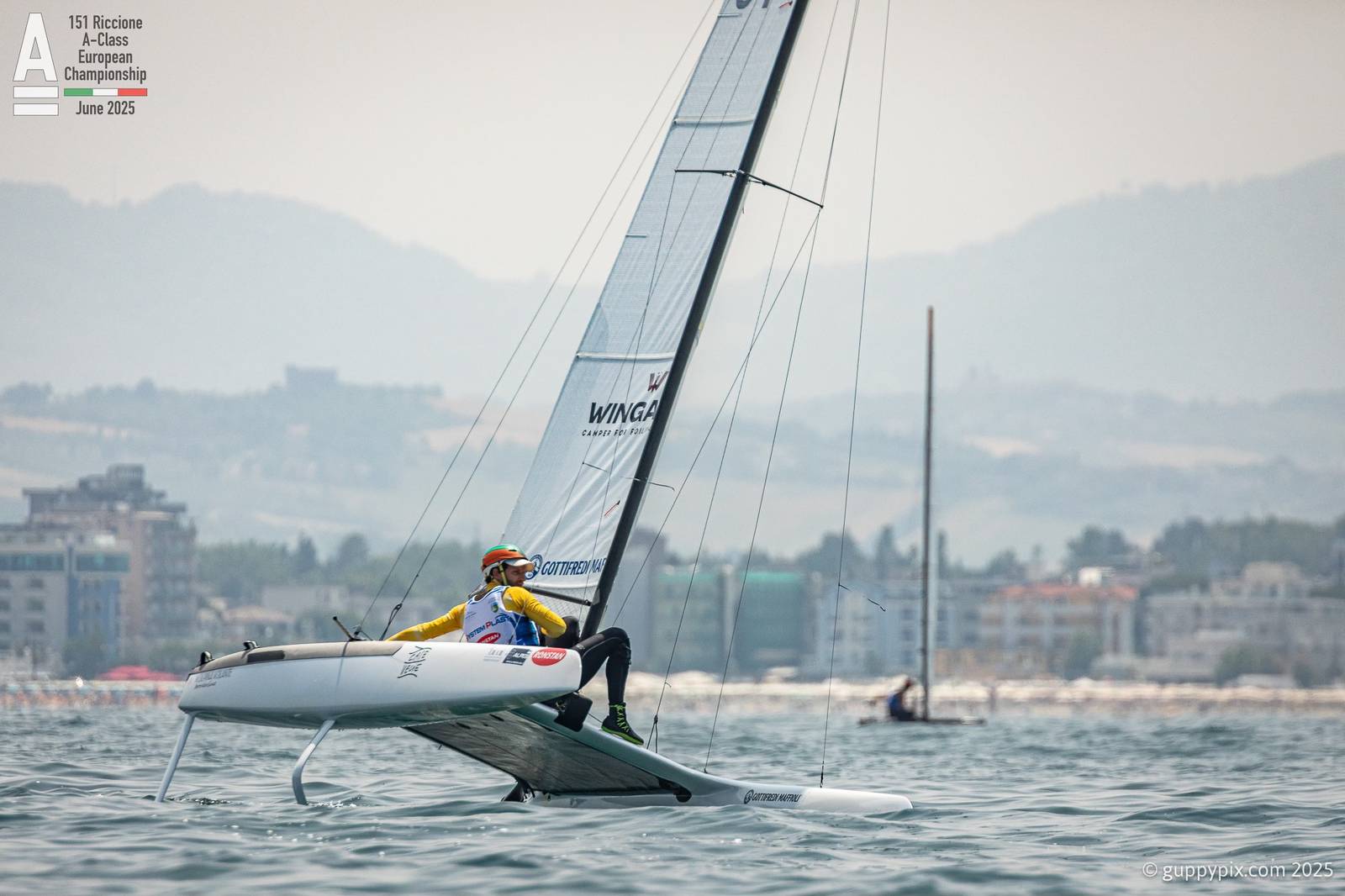
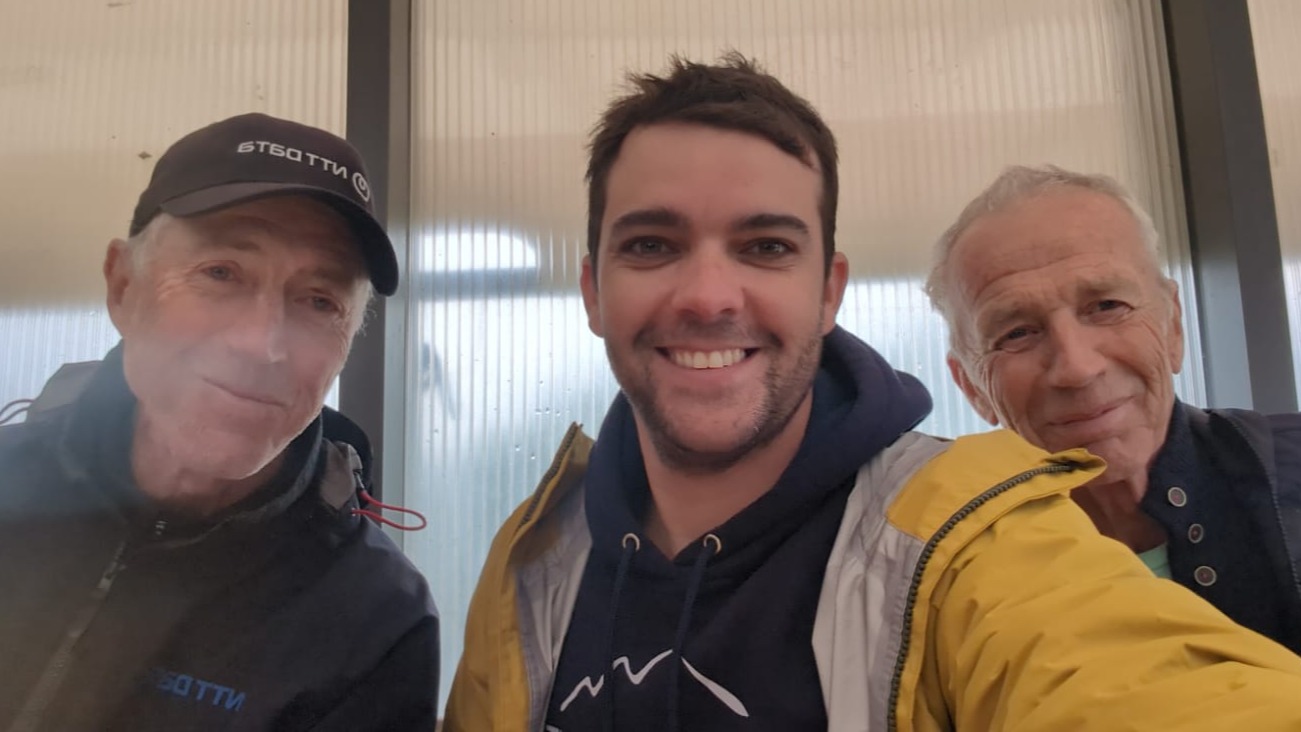
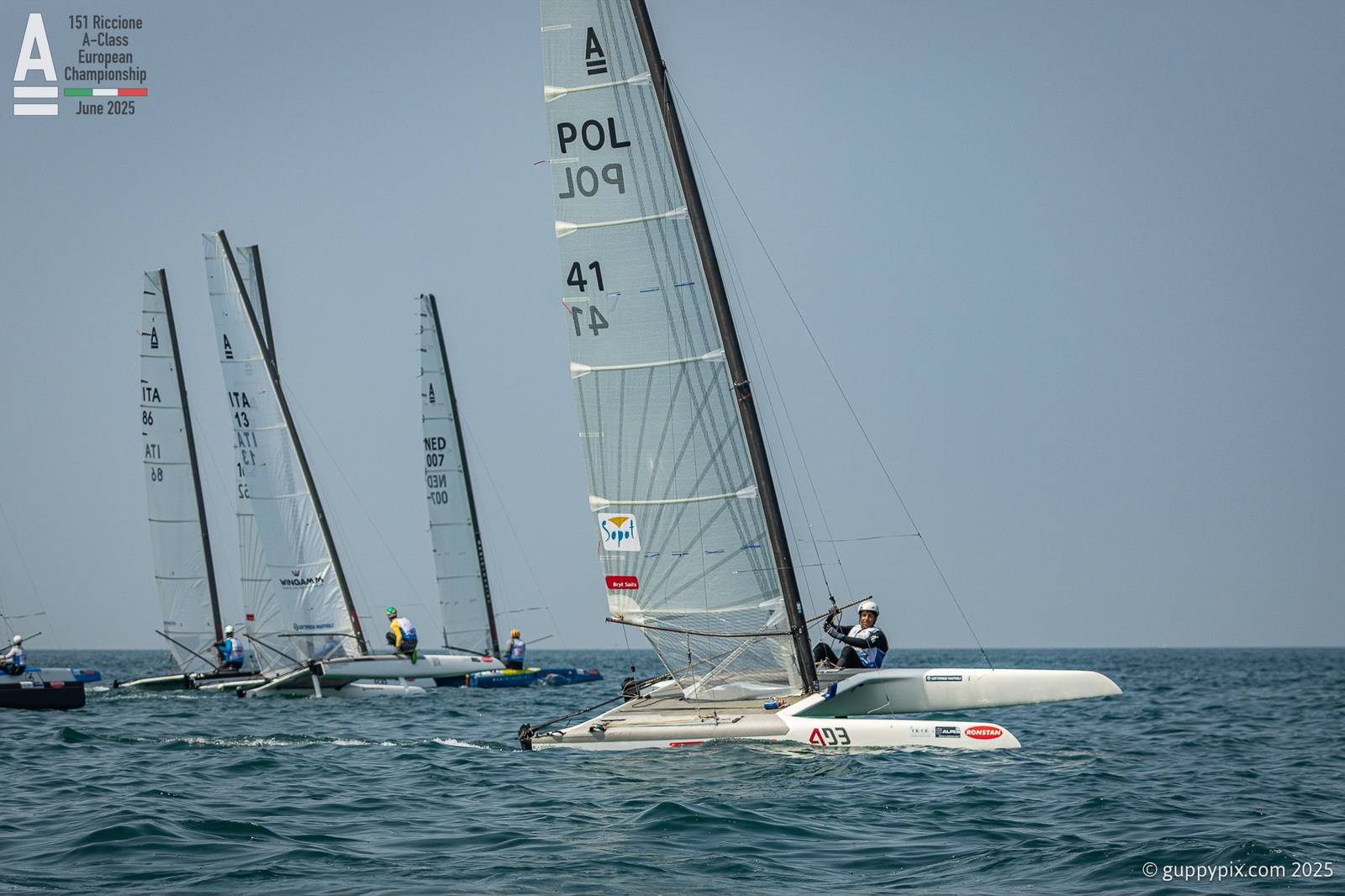
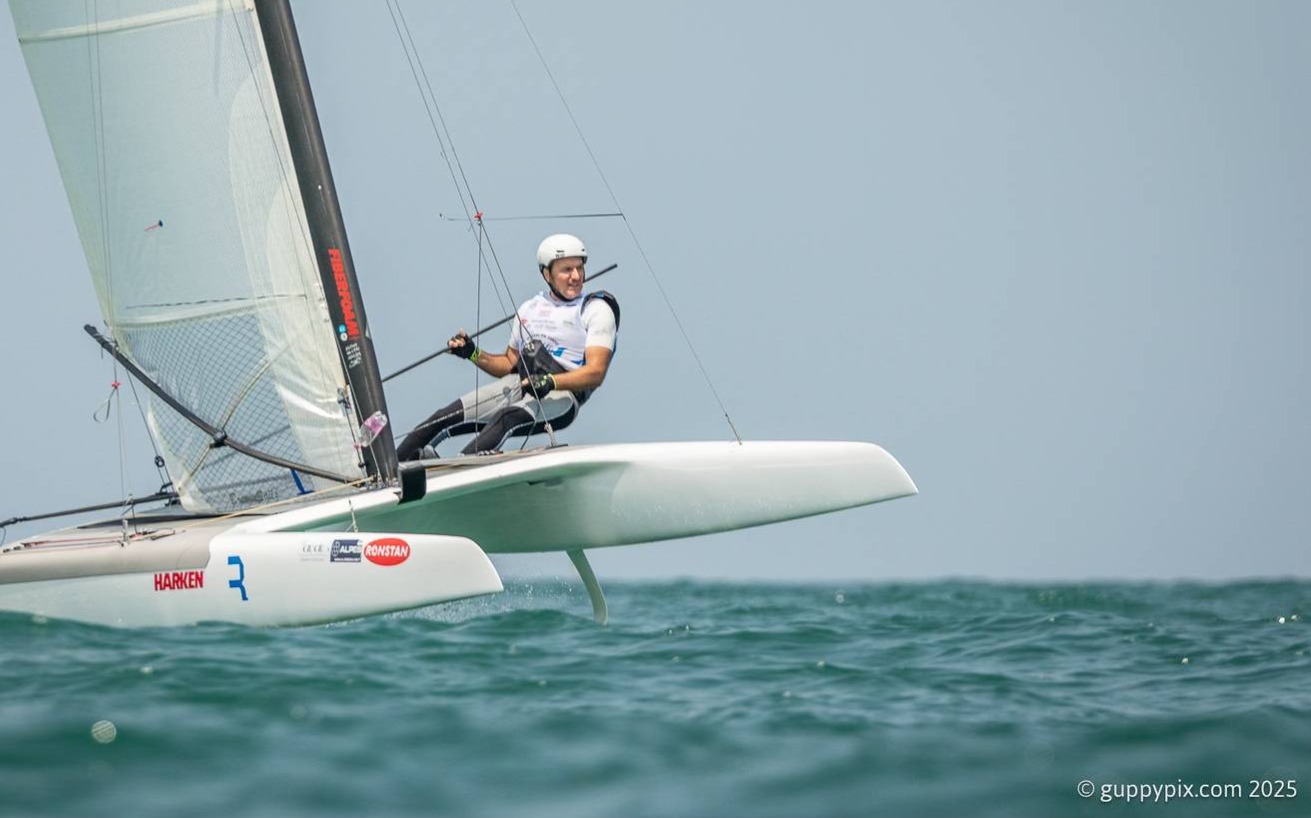
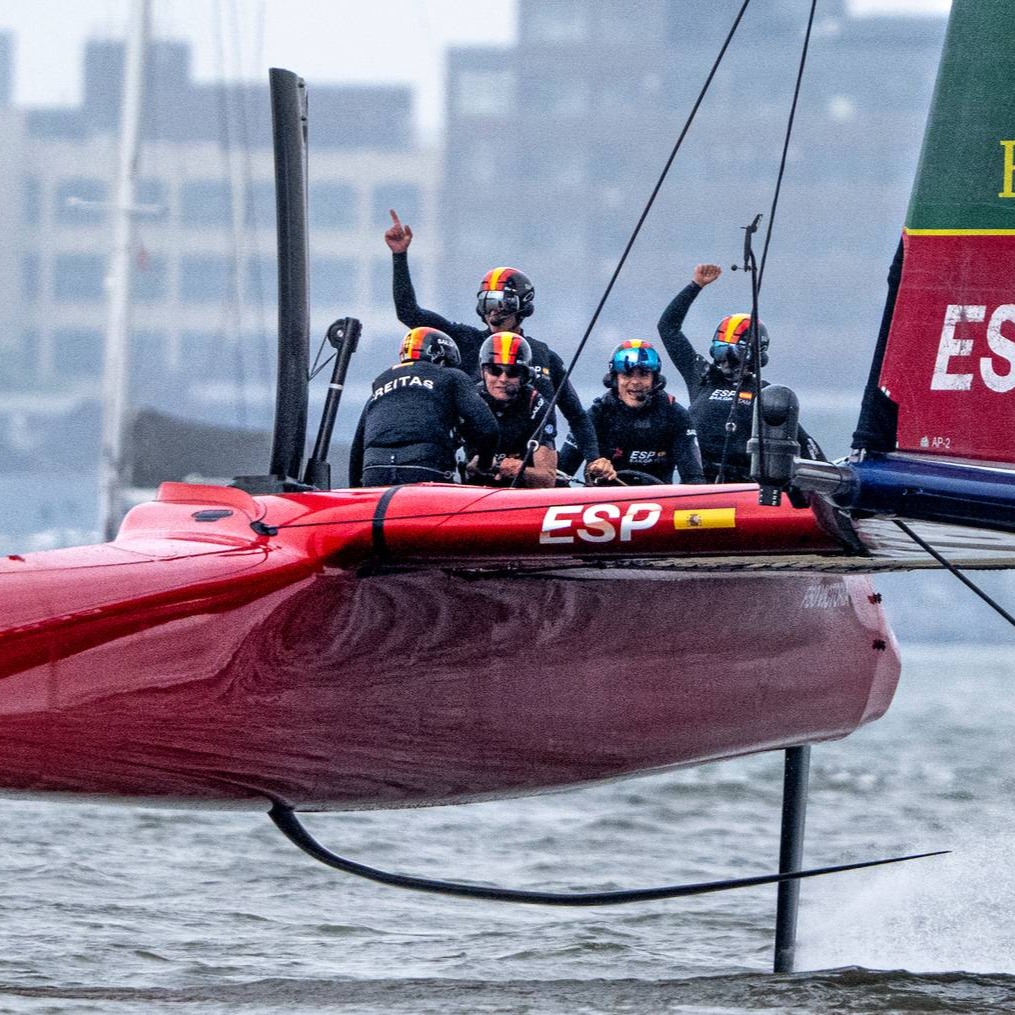
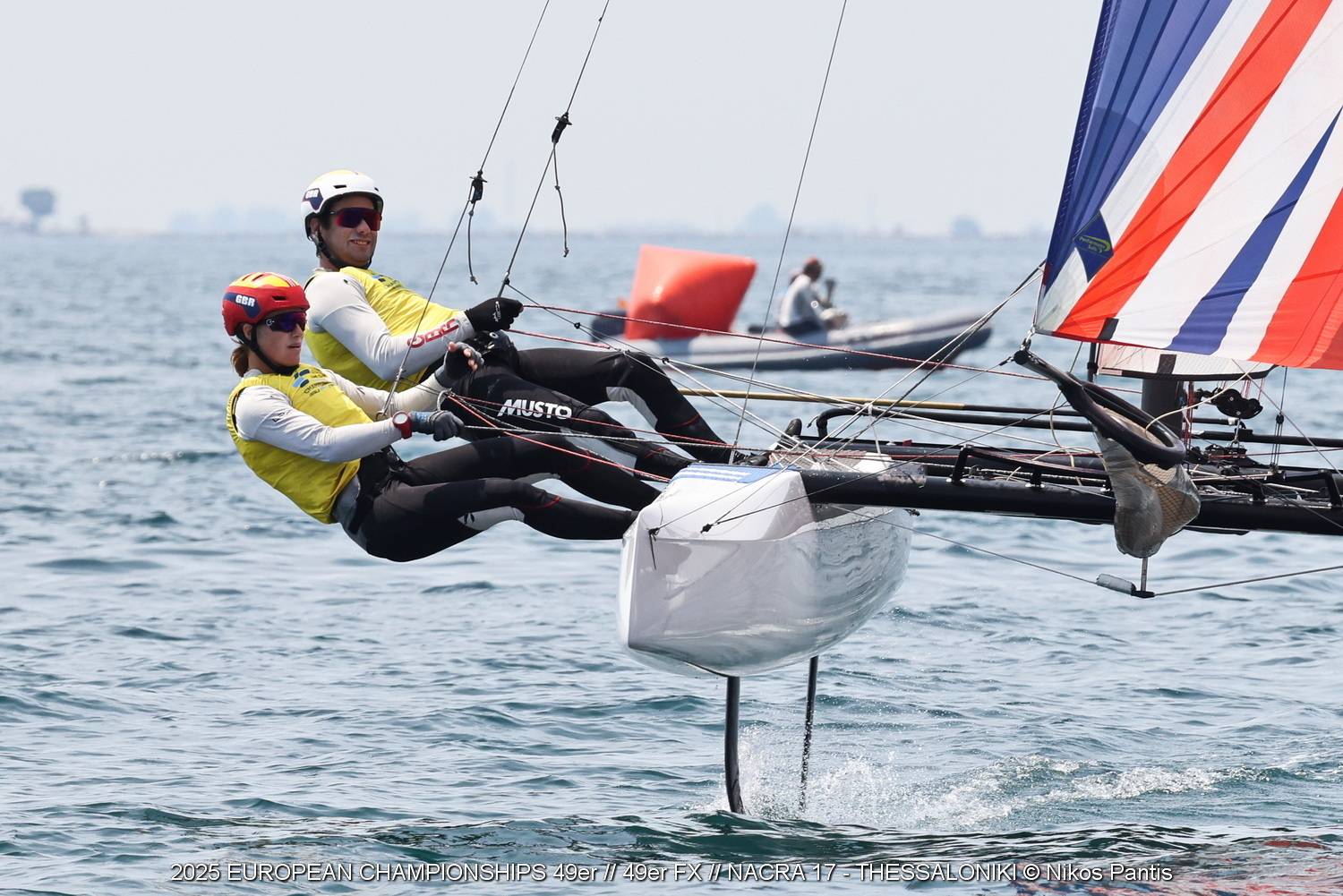
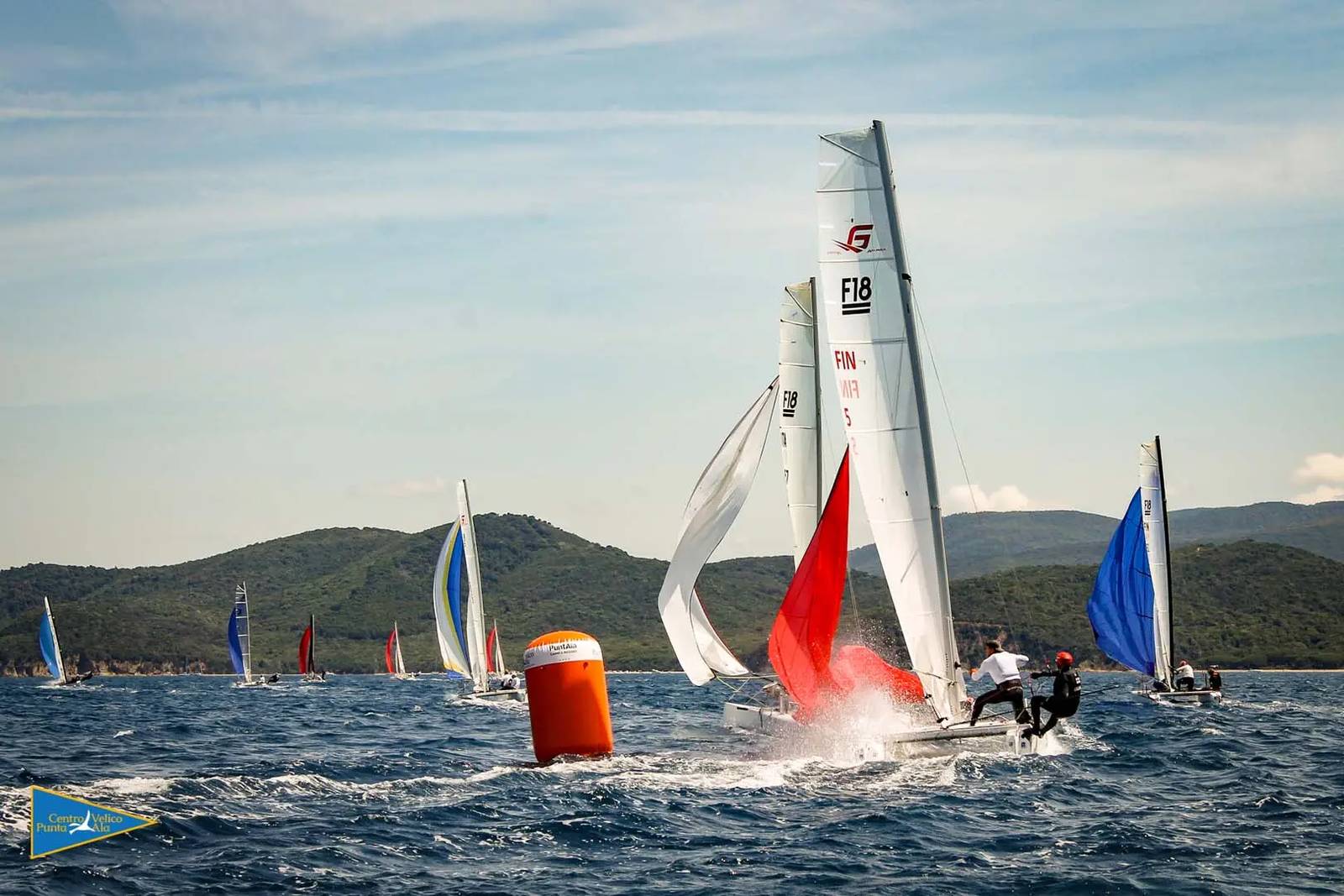
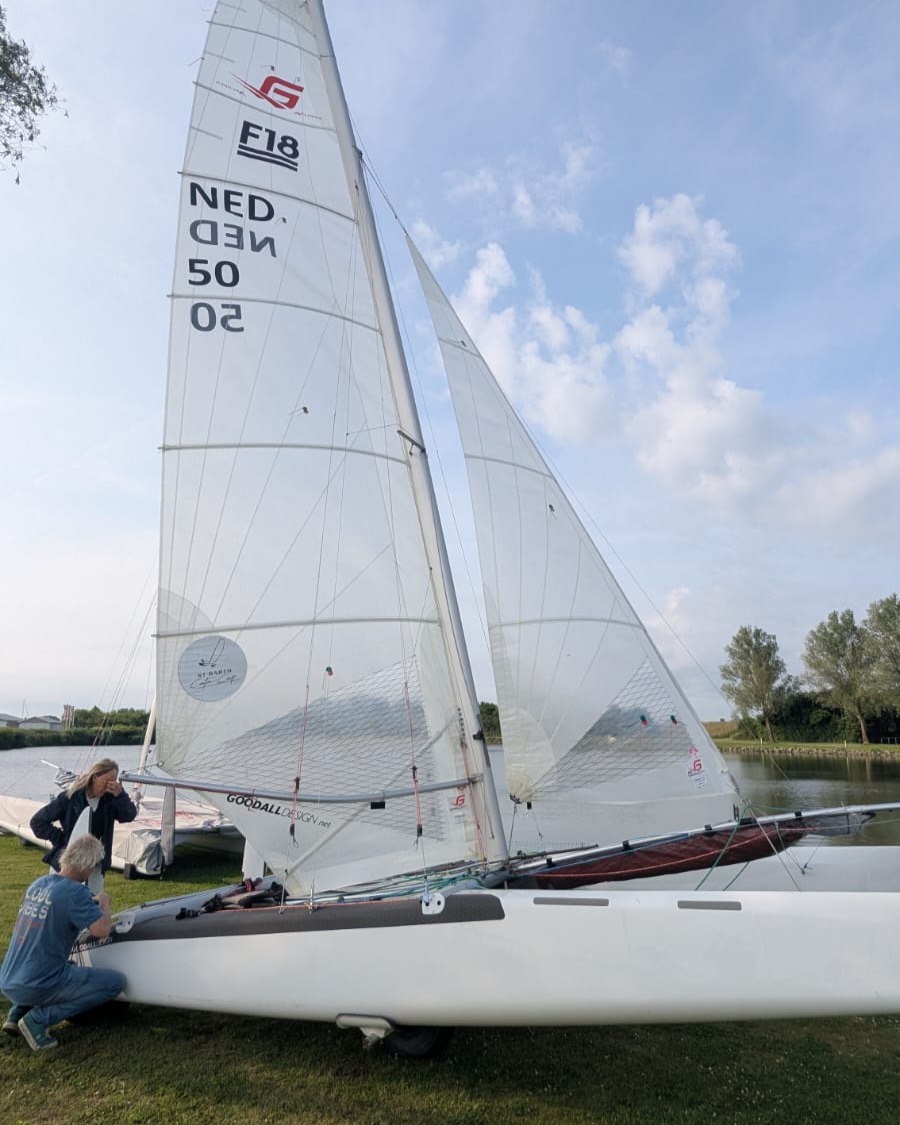
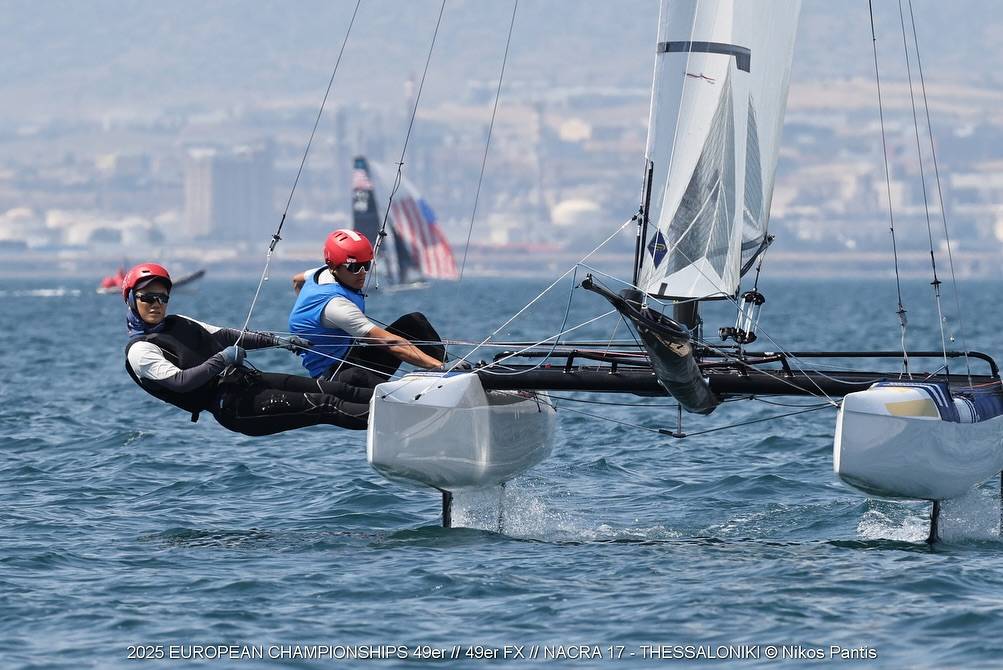



















Great piece!
Interesting read!
Another fine example of evolution in wave piercing: https://twitpic.com/4o2jgx (left Blade, right Falcon).
Gill
Very nice explanation, thanks for writing this. I sort of understood it, but now its clear.